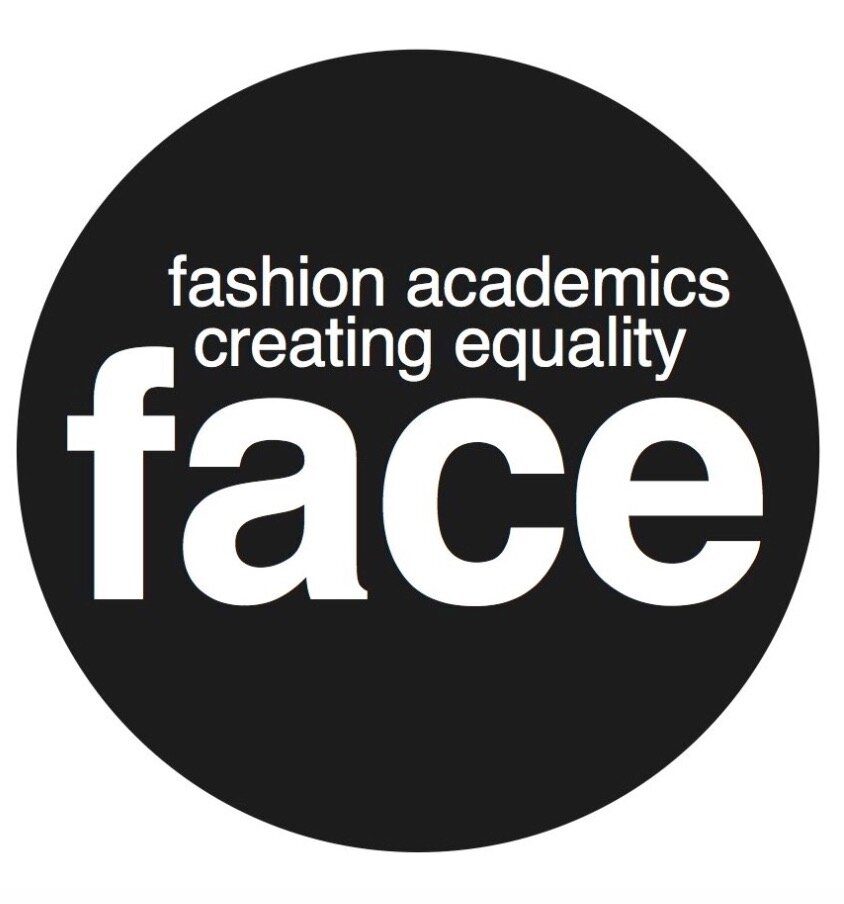Decolonsing film studies
Exploring Black and Brown cross-cultural film remakes with Dr. Neelam Wright who takes us through her excellent talk delivered at the FACE X RCA Summit November 2024
Neelam Wright,
Ph.D is a
Senior Teaching Fellow in Academic Practice | Academic Developer PGR focus | Centre for Higher Education practice | Social Sciences | University of Southampton
Why do we need to decolonise film studies?
To combat racism and bias within film academia which affects academic appointments, research funding and publishing.
Popular Indian cinema is still misinterpreted through a (often condescending) white lens.
It’s about the right to use indigenous cultural contexts and tools to interpret texts more authentically (e.g. vedic philosophy not Freudian psychoanalysis to interpret the ‘Indian gothic’).
Bollywood remakes were originally dismissed as unimaginative ‘poor rip offs’. But they can be a deliberate and conscious strategy for reclaiming culture and cultural resistance - allowing for a dismantling of Western interpretations.
“It’s about the right to use indigenous cultural contexts and tools to interpret texts more authentically (e.g. vedic philosophy not Freudian psychoanalysis to interpret the ‘Indian gothic’).”
The remainder of my talk was a mini-lecture exploring Black and Brown cross-cultural film remakes.
I began by focusing on two films I have been researching and writing about: the Bollywood hit film Mr India (1987) and Hollywood’s Indiana Jones and the Temple of Doom (1984).
I noted that unknown to many, Mr India is actually a remake of Temple of Doom. Furthermore, it could be seen as an occidental response to the way Spielberg’s ‘original’ stereotypes and orientalises Indian culture.
‘It’s quite an eye opener from both race and gender perspective’:
I gave examples of how the films appropriate Eastern and Western culture. I explored its two key villains who are played by the same actor, Amresh Puri.
In one film, Puri is a blood-drinking voodoo practicing Hindu cult leader. In another, he is a blonde Napoleonic coloniser, set on being the next King of India.
We explored orientalism in the opening song sequence of Temple of Doom.
Contrastingly, I then walked the audience through a song sequence in Mr India, which mocks Western and foreign dance and music styles. See Mr India film link here
I highlight the fact that the Hollywood film uses Brownface, following a history of misrepresenting the South Asian figure through comedic mockery.
Interestingly, Mr India also features the use of Blackface and comedic versions of performing Whiteness. I therefore explained the need to learn more about cultural appropriation in Indian cinematic art forms.
The second part of the film lecture looked at Hollywood’s ‘white American dream’ musical The Wizard of Oz (1939) and its Black remake The Wiz (1978). In the Hollywood film, home represents physical space, white American ideals and rural life in Kansas. Whereas in The Wiz, home is about cultural identity, community and roots.
In Wizard of Oz, the fantasy takes place in the countryside. There is a running theme in the film about self-reliance and the purpose of the film is primarily to offer the audience escapism. In The Wiz however, Oz is an urban space set in New York city. The key theme is collective identity and the purpose is social commentary. The cross-cultural translations in the Black remake help highlight some of the most significant differences between White and Black culture and experience.
“In The Wiz however, Oz is an urban space set in New York city. The key theme is collective identity and the purpose is social commentary.”
We finished with the audience being invited to analyse a sequence from The Wiz and discuss this in small groups. The participants were invited to think about how the scene makes them feel and observe socio-political and cultural references.
Viewers were asked to look at costume, set design, props, music, sound, framing, lighting and colour. They also observed the movement and performance style of Black dancers. They thought about language, tone and pace.
“The scene selected also showed the ‘wicked witch’ overworking enslaved Black workers in a factory sweat shop. This was particularly poignant to the topic of fashion in the context of colonial practices and exploitation of labour.”
This activity gave the audience a taste of how we may decode and use Black-led films to critically reflect on their White counterparts. The scene selected also showed the ‘wicked witch’ overworking enslaved Black workers in a factory sweat shop.
This was particularly poignant to the topic of fashion in the context of colonial practices and exploitation of labour.
FURTHER READING:
Martin, Alfred L., Jr. "Blackbusting Hollywood: Racialized Media Reception, Failure, and The Wiz as Black Blockbuster." JCMS: Journal of Cinema and Media Studies 60, no. 2 (2021): 56-79. https://dx.doi.org/10.1353/cj.2021.0003.
Buruma, Ian and Avishai Margalit. 2004. Occidentalism: The West in the Eyes of Its Enemies. Penguin Books.










